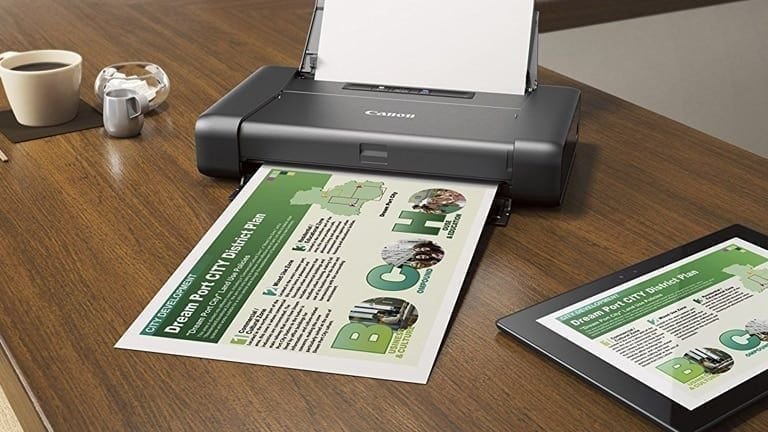Home printers are becoming more important as more and more people work or study from home. Being a parent may include printing out workbooks or projects for your children. Writing using a pen or pencil may be easier than typing out a research proposal.
Moreover, the government might require you to submit documents for a number of different reasons, that’s when a printer comes in handy. Going to the op shop every time you need a file printed is getting old if you are like me.
What information can you find to help you choose a printer for your home or office?
Your choice of printer will be influenced by how much printing you want to do at home. A laser printer is the only option if you need to print a large number of text pages quickly. An inkjet printer is your best choice if you need to print color documents or photos. Use a scanner or a multifunction printer if you want to scan or copy anything.
Check out a few of the choices you will have while shopping for a printer:
1. Single-use or Multi-Purpose:
Instead of generalists, dedicated printers specialize in a single kind of printing. Additional options include scanning, photocopying, or sending faxes, all of which are effective for the majority of individuals. Instead of purchasing three separate devices, such as a scanner, copier, and fax machine, go for a multifunction printer (MFP).
Scanning to several locations and other sophisticated workflow functions are common in the workplace on multifunction printers (MFPs). Even printers often seen in homes have several purposes (MFPs). You may also check out Printers Guy’s review on the best printer for homeschool for more details.
2. Portable Printers:

Portable printers make it feasible to print documents while on the go. Not all portable printers are made equal when it comes to printing on the move. It is possible to print wirelessly from mobile devices. There are, however, just a few printers that can print on A4-sized paper.
3. A Tray:
Typically, paper is fed into the drum or roller and then popped out of the output tray after printing is complete. To avoid paper jams, you should utilize a printer with an input tray that extends backward. There is a slew of factors to consider when determining the input and output tray capacities. 150 pages of paper may be wasted while printing from a 50-page output tray.
4. Duplexing Printing:
Because of the increased popularity of duplex printing, it is not available on all printers. It might save you money if you print often. This topic would not be complete without mentioning how important connectivity is.
The ability to print wirelessly through Bluetooth, NFC, or Wi-Fi is a must when investing in a printer. Make sure your printer is compatible with Apple AirPrint before you buy it. Check to see whether your printer is compatible with Chrome OS before you start printing from your Chromebook.
5. Scanning and Photocopying:
If you are interested in photography or graphic design, you probably do not want to get a portable photo printer. High-end or near-dedicated printers are necessary for photographers who take their trade seriously. For the most part, the large-format graphics that can be printed on these printers are 13 by 19-inch banners. Because of this, a picture printer is a better investment if you do not expect to print many images.
Only a few printers are capable of removing red-eye from portrait images these days. There are a number of visual displays that may be compared in this regard. This is not always the case, though. Photos as big as 2 x 3 inches may be printed right away with a compact printer like the HP Sprocket Portable Photo Printer. They make hosting get-togethers with close friends and family members a snap.
The Verdict:
The whole cost of ownership should be taken into account when purchasing any new item. Most manufacturers will let you know in advance how much each page and picture will cost. The yearly cost per page may be calculated in a variety of ways by multiplying the cost per page of each output type by the total number of pages generated each year.
Calculating the annual cost is as simple as totaling up all of the expenses for the year. Last but not least, you must decide which choice is best for your family and students. We are cheering for you, and we hope you do well!




